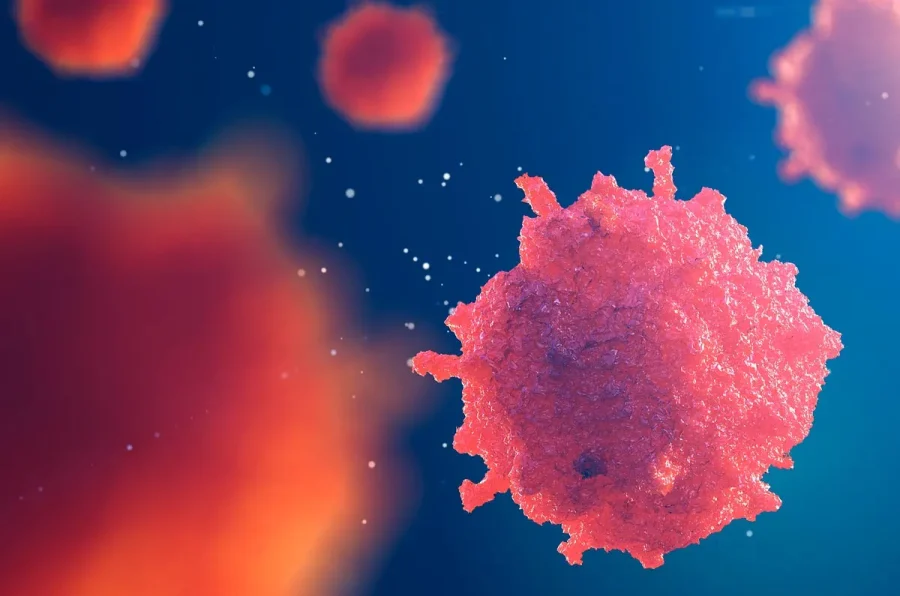In our Medical Myths series, we approach medical misinformation head on. Using expert insight and peer reviewed research to wrestle fact from fiction, MNT brings clarity to the myth riddled world of health journalism.
According to the World Health Organization (WHO), cancer accounted for 10 millionTrusted Source deaths worldwide in 2020. Globally, it is a leading cause of death. In the United States, an estimated 39.5%Trusted Source of people will receive a cancer diagnosis within their lifetime. Myths tend to develop around particularly prevalent conditions. It is no surprise, therefore, that people often misunderstand cancer. “Cancer” is a generic term for a group of diseases that can affect any part of the body. This variety adds fuel to the fire of confusion.
In this article, we hope to dispel some myths and clarify this common and varied group of diseases. Cancer is not a death sentence. Despite the sobering statistics quoted above, cancer is not always terminal.
As scientists understand cancer better and develop improved treatments, recovery rates continue to improve. For instance, in January 2019, an estimated 16.9 millionTrusted Source cancer survivors were living in the United States. In the United Kingdom, survival rates have doubled in the last 40 years. It is also worth noting that survival rates vary significantly depending on the type of cancer. For instance, in the U.K., survival rates for testicular cancer are 98%, whereas survival rates for pancreatic cancer are just 1%.
According to the National Cancer InstituteTrusted Source:
“In the United States, the likelihood of dying from cancer has dropped steadily since the 1990s. Now, 5-year survival rates for some cancers, such as breast, prostate, and thyroid cancers, are 90% or better. The 5-year survival rate for all cancers combined is currently about 67%.” Overall, cancer death rates are slowly declining, although the survival rates of some cancers are increasing more than others. An annual report on the status of cancer in the U.S., which appears in CancerTrusted Source in 2020, concludes: “[C]ancer death rates decreased 1.5% on average per year during 2001 through 2017.” This is a myth. Cancer is not contagious. Someone with cancer cannot spread it to others.
However, some sexually transmitted diseases, including human papillomavirus (HPV)Trusted Source and hepatitis B and C, can cause cancers in the cervix and the liver. In these cases, an infectious agent causes the cancer, but the cancer itself is not contagious.









